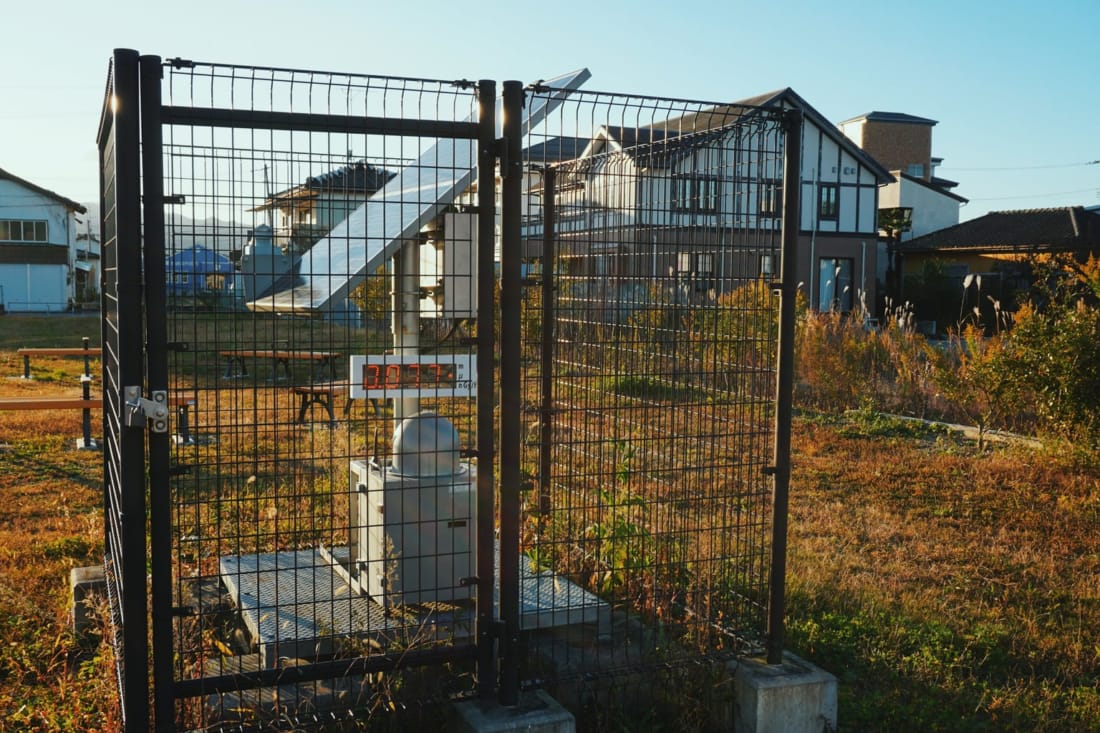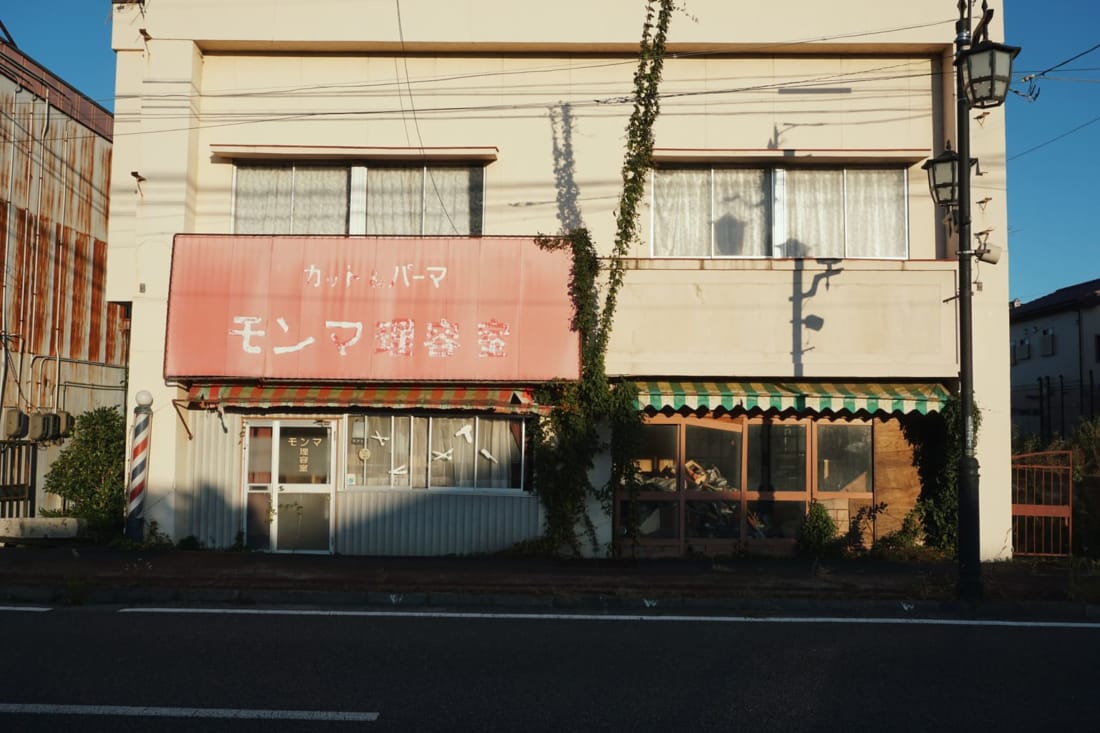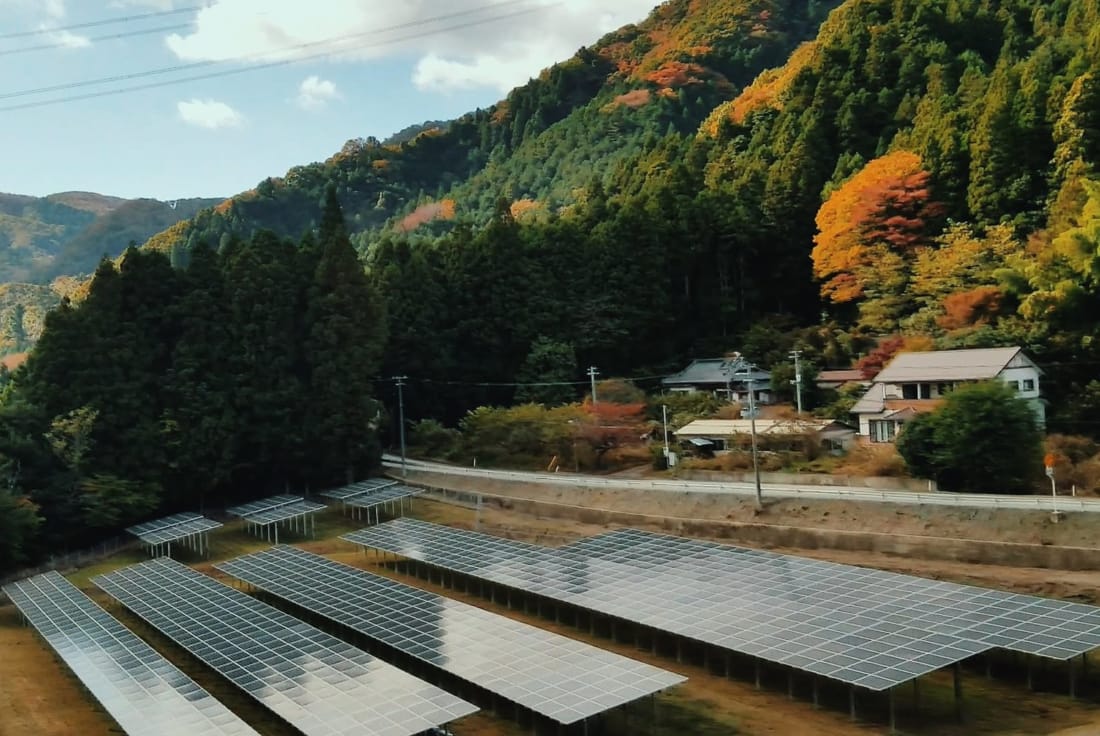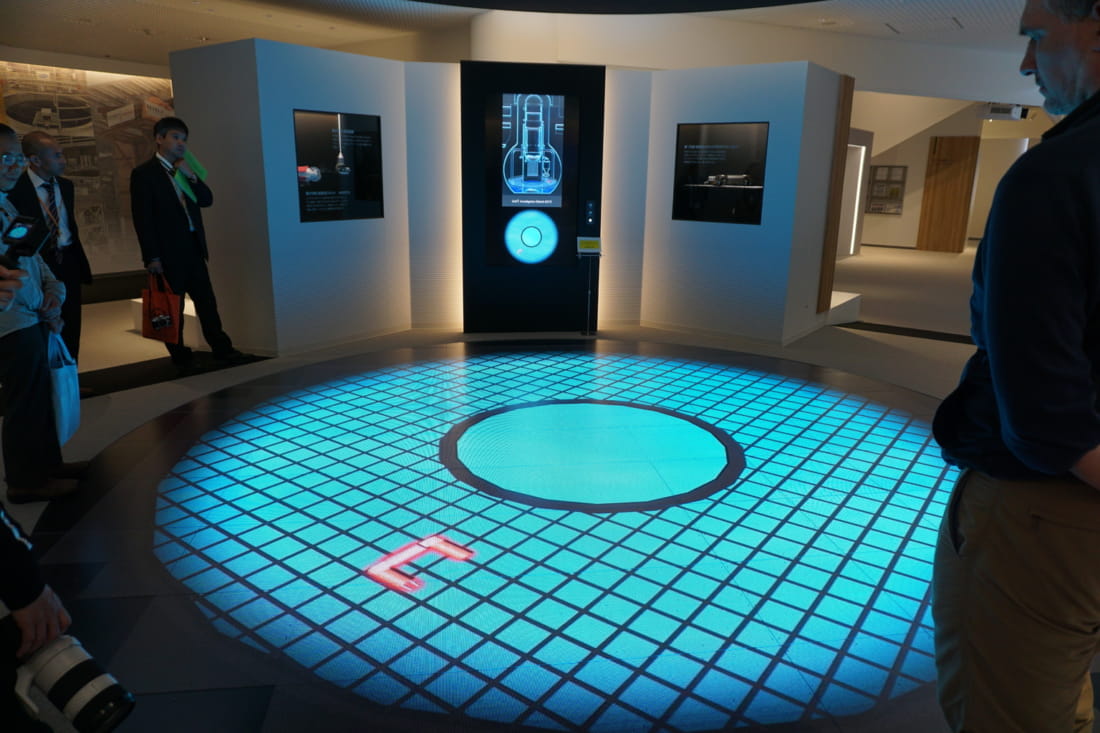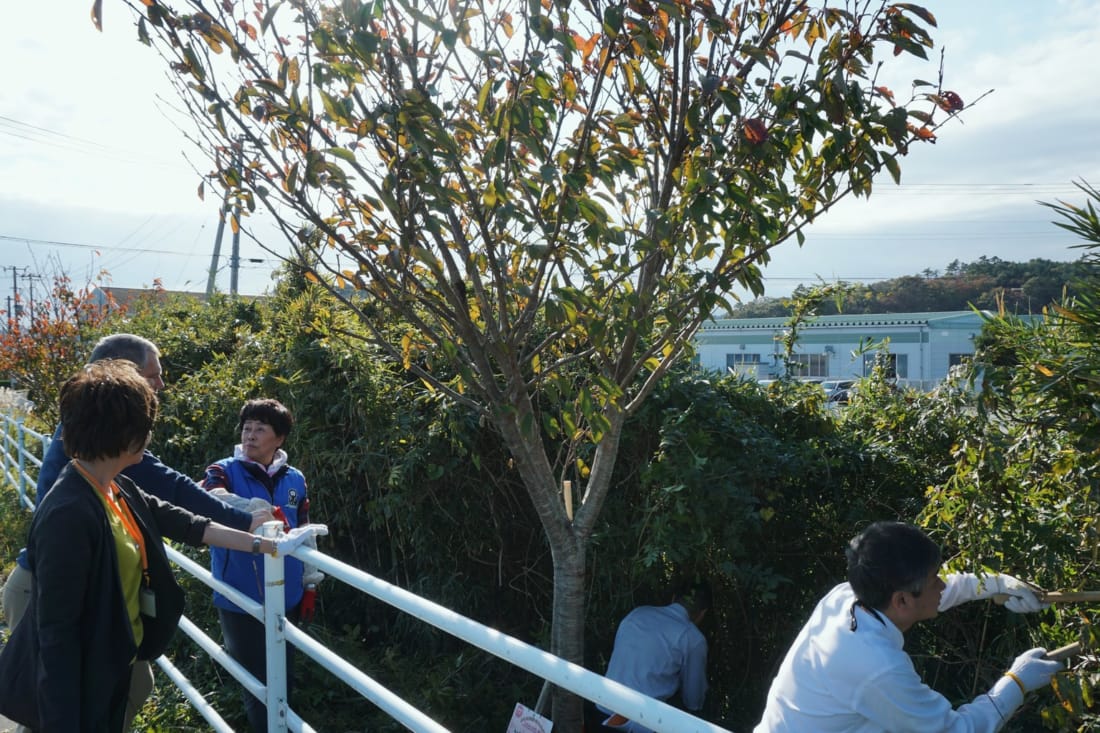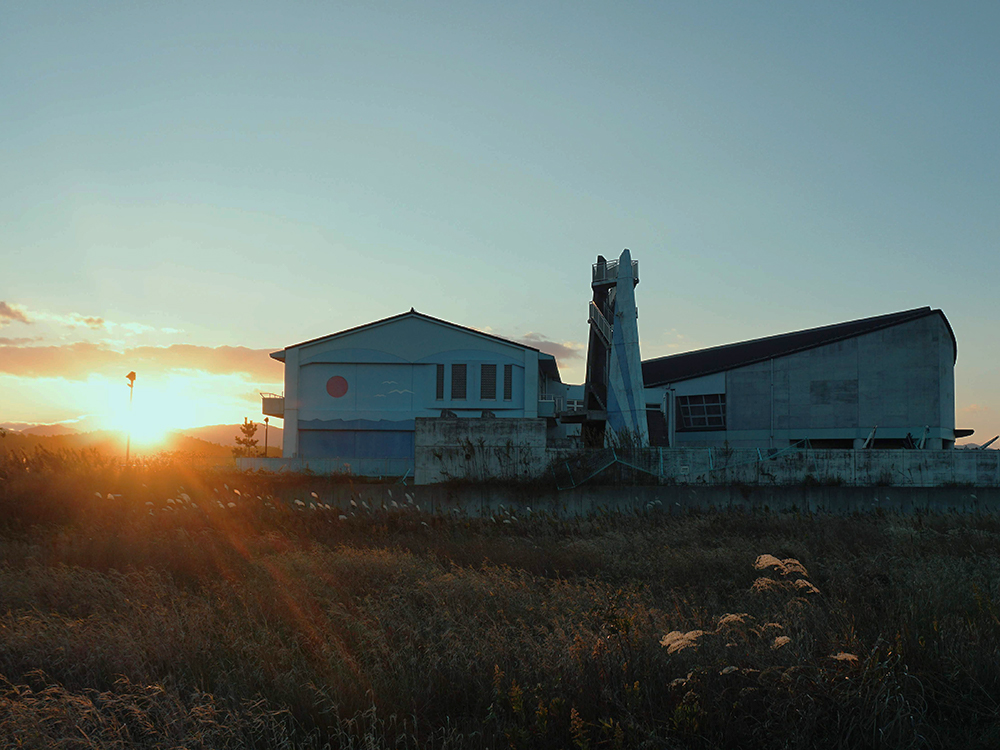
To almost everyone outside of the Japanese archipelago, the name Fukushima evokes a singular idea. The idea isn’t related to the prefecture’s beautiful fall colors, its mountainsides covered in cherry blossoms or its bounties of fruit. The prefecture is known for the disaster that occurred on March 11, 2011, and the resulting challenges which it continues to face to this day.
Typing Fukushima into your favorite search engine will almost invariably give you a top result of the Fukushima Daiichi nuclear disaster Wikipedia page followed by articles about contamination, radiation and the decommissioning process. Fukushima Prefecture, Fukushima City and Fukushima Daiichi Nuclear Power Plant are, in the minds of many, conflated into a single uninhabitable area plagued with dangerous radiation and littered with the debris brought in by the 14-meter-high tsunami that devastated the Hamadori area.
A Look at The Charts
The reality of Fukushima is much different. People in 97.3% of Fukushima Prefecture can lead a normal life without facing health-related consequences of radiation. The 3,600 workers working on the decommissioning project of Fukushima Daiichi Nuclear Power Plant are able to wear general workwear within 96% of the working area, and don’t require special protective gear so long as their time spent there is limited.
Still, it is difficult to forget that you are in one of two places on Earth that have been affected by a level 7 nuclear disaster. Dosimeters displaying current radiation levels are located in city centers, along roadsides and next to departure boards in train stations. If cities such as Beijing, Brisbane or Los Angeles had dosimeters displayed, the readings would be comparable to the levels in Fukushima. Yet despite the non-threatening readings, the existence of these instruments in Fukushima is still a reminder of the nuclear meltdown that devastated the prefecture.
Sign of the Times
Along National Route 6 and in other parts of the Hamadori area of Fukushima, derelict buildings and empty overgrown lots are commonplace. Roads are also often backed up with trucks moving contaminated debris to interim storage sites throughout the prefecture. Large public buildings like schools and halls remain unoccupied as the population of the area is still only a fraction of what it was pre-disaster. These reminders are very much a part of being in Fukushima.
However, for all of the dark reminders of 3/11, there are signs that foreshadow the bright future that is coming to this rapidly changing prefecture. The new supermarkets, cafés and shopping centers opening in the affected areas are hardly remarkable for visitors, but for locals they represent a return to normalcy. Likewise, new ride-sharing programs with fully electric vehicles offer residents sustainable transportation while supporting local initiatives.
Japan’s Leader in Renewable Energy
Bigger projects are happening too, as Fukushima races towards its target of a 100% renewable energy supply by 2040. Solar panels along roadsides and offshore wind farms seen from the coast are symbols of Fukushima’s revitalization. These glimpses into the future that dot the roadsides as you travel through the prefecture help to remind residents that they are moving away from their former reliance on nuclear power.
Fukushima’s youth are also taking the future of their prefecture in their own hands. Together with Happy Road Net, a nonprofit organization, students are effecting change not only in the Hamadori area, but globally. The Happy Road Net project is working with students to plant cherry trees along National Route 6, and so far the students have planted more than 12,000.
The students’ efforts are helping to not only educate within Fukushima, but abroad.
The students’ perseverance and hard work was enough to convince the national government to include the highway along the route of the 2020 Olympic Torch relay, a chance to bring positive attention to a place with such a damaged reputation.
These students have also organized three trips to Belarus to study the lasting impact of the Chernobyl nuclear accident and to share their own experiences. They are spreading information about the reality of the situation in Fukushima in order to help subdue anxieties about the disaster and to promote tourism in the prefecture. The students’ efforts are helping to not only educate within Fukushima, but abroad.
Never Forget
For as much as Fukushima is looking forward, it isn’t trying to forget what happened. The Fukushima Prefectural Centre for Environmental Creation is a center where visitors can learn about the disaster, the effects of radiation on the prefecture and the future of Fukushima as a nuclear-free prefecture.
This center has engaging interactive displays and dioramas. Statistics written with wooden blocks display the number of evacuees, workers and contaminated agricultural goods. Easily reconfigurable wooden blocks illustrate that the statistics regarding Fukushima can and will improve over time.
The displays promoting the safety of the agricultural goods presently being produced in Fukushima is particularly enlightening. This is a carefully considered center that offers a unique perspective and is a great primer on the situation Fukushima is faced with.
TEPCO delivers a candid message in which they clearly state that the meltdown was the result of human error.
TEPCO (Tokyo Electric Power Company), operator of Fukushima Daiichi Nuclear Power Plant, built the Decommissioning Archive Center to ensure that visitors can understand the progress of the 40-year decommissioning process. The archive center allows visitors to see and even try on the newly developed protective wear worn by workers at the plant. Robots, which are being developed to remove the radioactive waste, are also on display.
Through the use of immersive multimedia experiences TEPCO delivers a candid message in which they clearly state that the meltdown was the result of human error and the reliance on systems that were not able to withstand predictable natural disasters. A visit this center is certainly an eye-opening experience.
Rediscover Fukushima
Though Fukushima is not fully recovered from the disaster of March 2011, and it won’t be for many years to come, it is a beautiful prefecture and it has much to offer to its residents and guests alike. It is a must-visit destination particularly in spring and autumn when you can see the abundant cherry blossoms or the vivid fall leaves.
When visiting, it is important to take time to explore the nature, cuisine and culture that has always made Fukushima distinctive, but also take time to learn about the prefecture’s disaster and subsequent recovery through visiting the educational facilities and the affected towns that are still recovering. It isn’t a chance to explore something dark, but rather to experience something hopeful.
Experience the revitalization of Fukushima first-hand during a hope tourism trip provided by wondertrunk&co.

